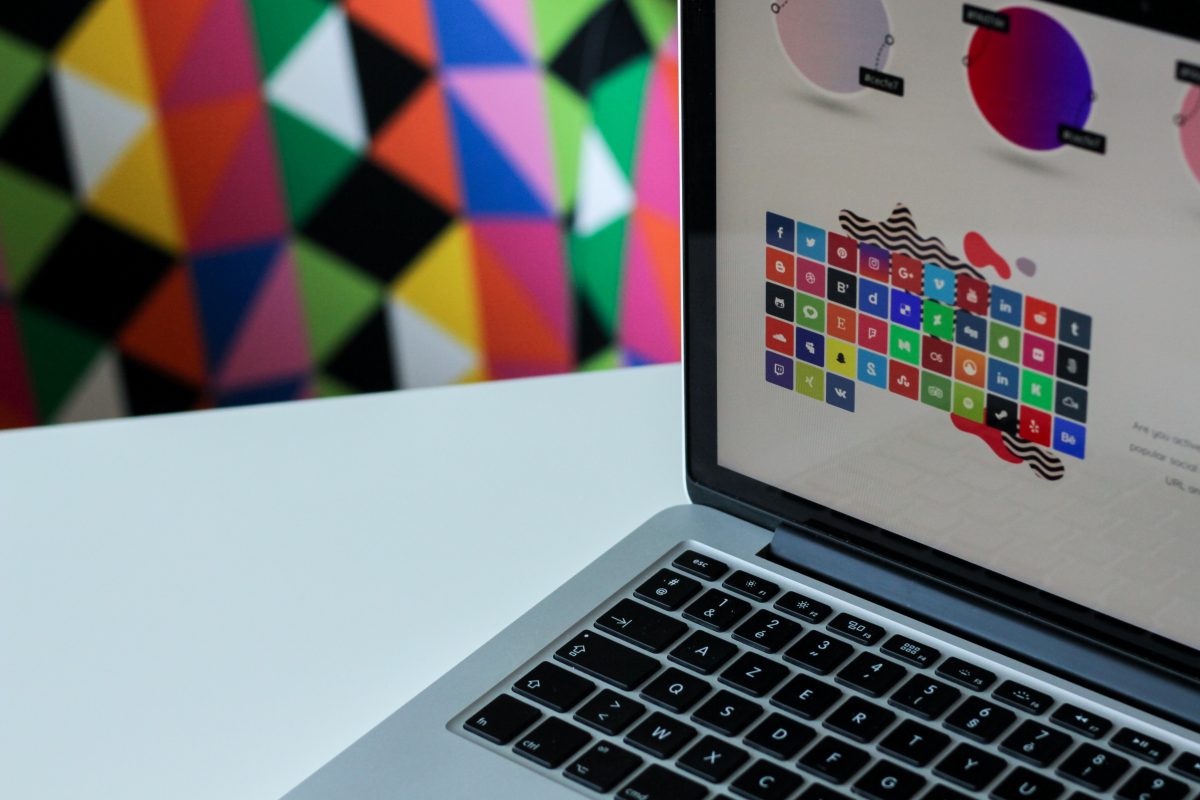Many of us are sharing slides as part of our live online teaching.
Some providers are using corporate logos and busy templates in their slide decks, even for teaching and learning.
So, let’s ask ourselves some questions.
Are slides meant for corporate purposes like marketing and promotion also appropriate for teaching and learning?
The content of the deck might be copyrighted to the organisation, but does the company logo and graphics need to appear all the way through the deck?

Making our slides accessible and fit for purpose and function
Although logos and corporate branding can lend consistency to a deck, they can also make slides crowded, visually confusing and inaccessible. This is not helpful for people with vision issues or neurodiverse conditions. It can also distract attention away from the function of the slide.
In teaching and learning, the function of the slides is not to sell the course, or to remind the viewer of copyright. It is to enable learning to happen.
Functions of a slide in teaching and learning
Each slide must perform a function and this might include:
- Dividing up the lesson into sections
- Giving instructions for an activity
- Prompting a debate or discussion
- Sharing a link
- Providing information
- Being a canvas for annotation or comment
- Giving space for a poll or quiz
The opening and closing slides might be appropriate for corporate branding, but what does it add to the learning experience?
Functions of a branded slide deck
Consider when it might be appropriate to use a branded slide deck. If the deck remains accessible it can be helpful to use a template. Some contexts might include:
- giving a presentation on behalf of your organisation to an outside audience
- delivering a sales pitch
- providing information, resources and links asynchronously
Resources to help with accessible slide design
There is a wealth of advice and guidance on designing accessible slides and here are some of our recommendations.
- One of the most respected slide designers is Garr Reynolds who advocates for simple slides and engaging images
- Accessibility is key and this article gives some good pointers for inclusive presentations in live online sessions, while this guide focuses on PowerPoint features
- The SCULPT guidance is good for outlining principles of accessibility when creating content
- This article about search engine optimisation shows how accessible content can lead to more engagement online
Dr Esther Barrett

